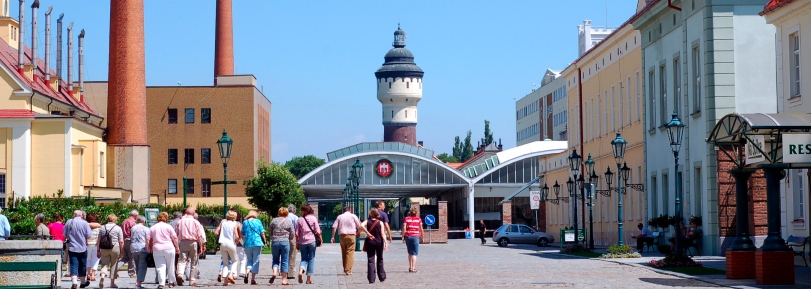
News roundup: my colleague Max Bahnson has a post on a few beers from Žatec, including the new Xantho (above). The label calls it a dark, but to me it seems more like a polotmavý (half-dark), aka jantar (amber), also known as granát (garnet), as well as “something like Vienna lager in the Czech lands.” Max will catch you up on pivo from the town otherwise known as Saaz, though he didn’t get to my current favorite from the brewery, Lučan Premium Tmavé, a chocolatey dark lager that my local corner shop usually stocks for just 8.50 Kč per half-liter, the equivalent of €.34 or about $.50.
Such low prices are on their way out, according to a recent article from Prague Monitor and Hospodářské noviny, who report that smaller Czech breweries are raising their prices (subscription required), following the lead of major brewers last November. Pilsner Urquell remains the most expensive, and if you want to know just how much your publican currently shells out for that half-liter of Urquell, the answer is 18.90 Kč (€.75 / $1.10). Smaller brewers, for all their quality, still charge far less, though last year’s 100% increase in the price of malt, the article says, results in a direct cost hike of about 30% for the breweries. At least some of that will be passed on to consumers in the near term.
Thirst is a powerful force, however, and the article notes that higher prices are unlikely to affect production. In fact, last year Czech brewers hit a record high of 20 million hectoliters (about 12.2 million barrels, if I’ve got the numbers right — feel free to check my math). The article concluded with more good news from the Bernard family brewery: Bernard’s production for January 2008 is up 28%, despite raising prices by 10% last year.
But wait, it gets better.
Read More













